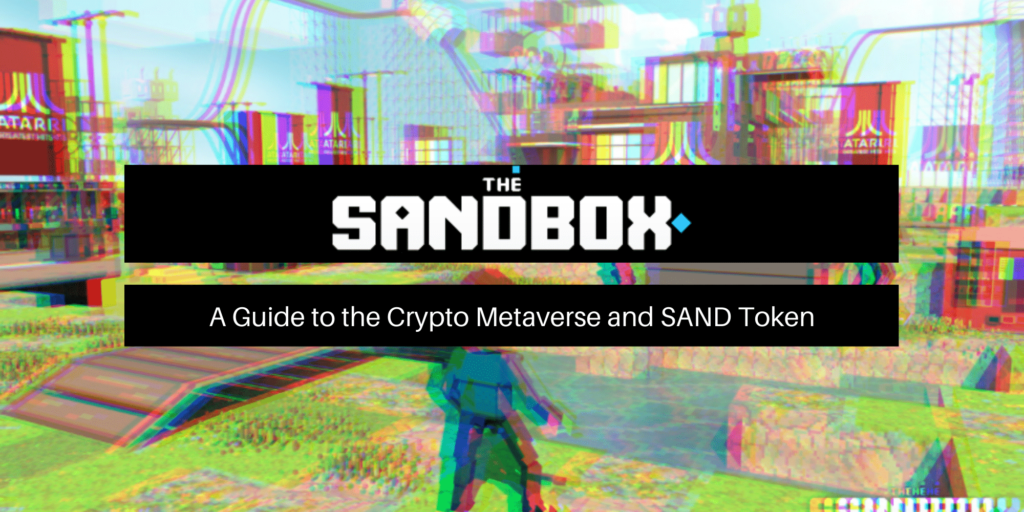The Sandbox is a decentralized NFT gaming metaverse based on Ethereum that allows non-tech-savvy users to create, sell, use and monetize their own virtual reality NFTs. The crypto metaverse uses its native SAND token to support the entire in-game economy.
NFTs are changing the way we collect art, building communitieswin and play. Many NFT-based projects are evolving into full-fledged metaverses, and The Sandbox is at the forefront. The original idea of the Pixowl co-founders Arthur Madrid And Sébastien Borget, Sandbox is unique from other crypto metaverse projects in that its user-generated content ecosystem makes contributing to the metaverse a simple and intuitive task for players without any coding skills.
The following guide explores the Sandbox project, its roadmap, how to play Sandbox, and the usefulness of different tokens in the Sandbox ecosystem, including SAND.
Welcome to the SandBox world
The Sandbox ecosystem consists of three integrated products and services that facilitate the creation of user-generated content:
- Voxa program to create NFT game assets.
- A Walk to sell and buy these assets.
- Game creatorwhich players use to create their own gaming experiences without coding.
The Crypto Vox Sandbox
The building blocks of The Sandbox game are 3D pixels called voxels. This term is not native to The Sandbox project, it refers specifically to the development of virtual reality. In The Sandbox, players build their gaming experiences using these Lego-like pieces, using the free Sandbox tool VoxEdit. It works similarly to other popular voxel editors, like the popular Magic voxel.
You can get an idea of how to do basic things with Voxedit from Pandapops below
.
Characters, objects or other game resources created in Voxedit are called ASSETS. They can be transformed into NFTs, which are ERC-1155 standard. This standard allows creators to create any number of copies of the same ASSET. This way, they can create a unique ERC-721 compliant NFT and at the same time make multiple copies of it in the same smart contract.
The project introduces two tokens linked to ASSETs: GEM and CATALYST. Both are fungible ERC-20 tokens. GEMs are used to provide ASSET attributes; the more attributes an asset has, the more valuable it is. A GEM can give 25 attribute points to an ASSET.
CATALYSTS define the level and rarity of assets. They have four levels: common, rare, epic and legendary. These levels can have up to 25, 50, 75 and 100 attributes respectively.
After creating the ASSET, GEMs and CATALYSTs can also be defined in Voxedit.
Create a sandbox avatar:
Players interact with the metaverse using their avatars. Technically speaking, a Sandbox avatar is an ASSET that can be created in Voxedit.
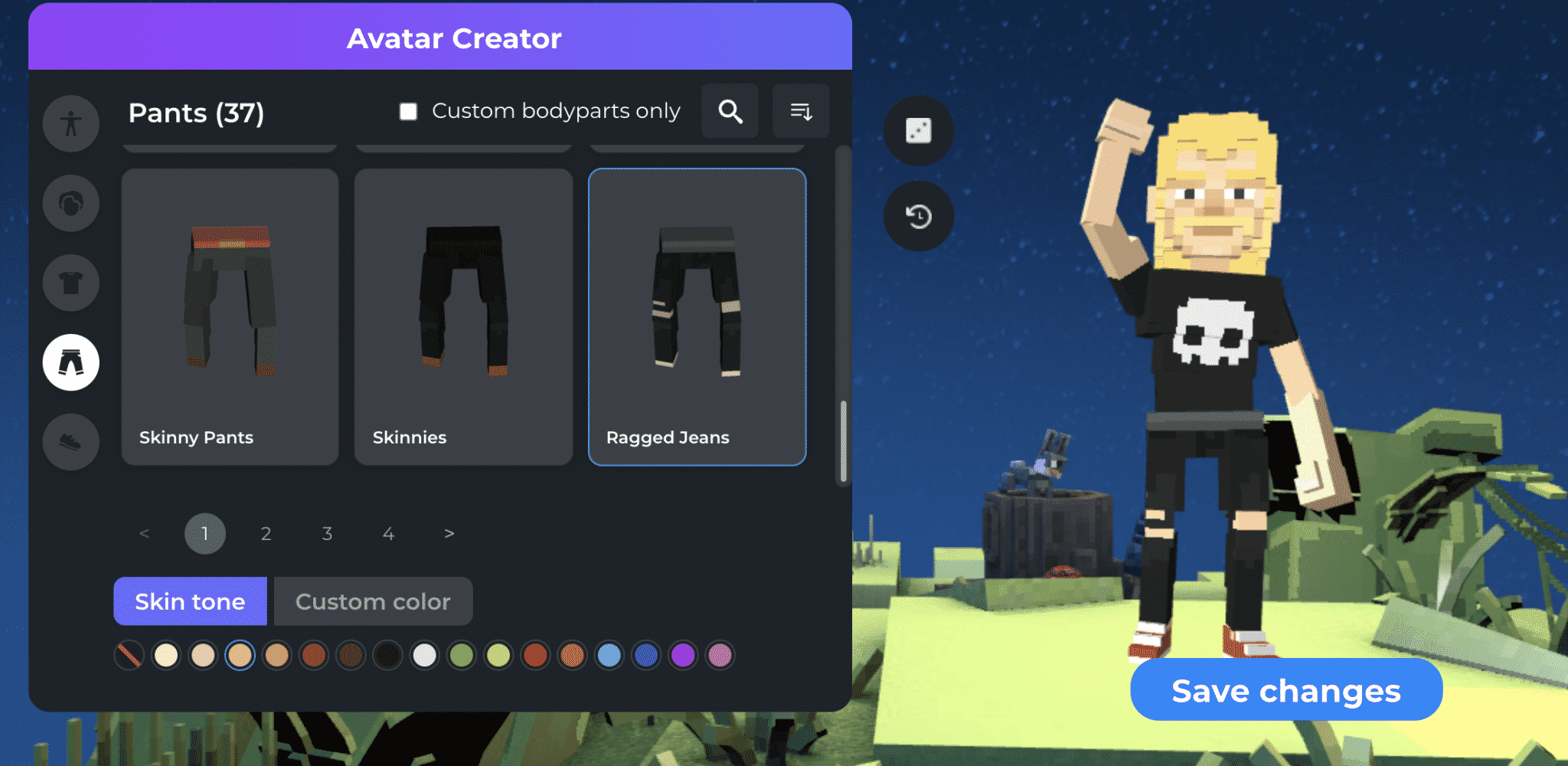
Recently, the Sandbox introduced a new avatar tool which allows you to directly customize avatars without using VoxEdit by mixing and matching different body parts and clothing.
However, it is still in test mode.
The Sandbox Market
Understanding the difference between asset creators and Sandbox Metaverse players is essential. Only asset creators who Creator Fund those who agree can upload their ASSETS to the project website. Walk.
The Sandbox Marketplace essentially allows players to monetize the digital assets they have created by selling them to other Sandbox players.
Before uploading ASSETS to the Marketplace, creators must upload them to the Interplanetary File System (IPFS).
Players can purchase ASSETS from these verified creators in the marketplace to create gaming experiences.
Game creator
Sandbox isn’t just one game; it consists of numerous games, environments, and other standalone experiences.
The team left the universe open for creators and players to ultimately build, own, and monetize the metaverse.
You can use Game Maker to create 3D gaming experiences in the Metaverse. No prior coding knowledge is required, so even inexperienced game designers can start creating games.
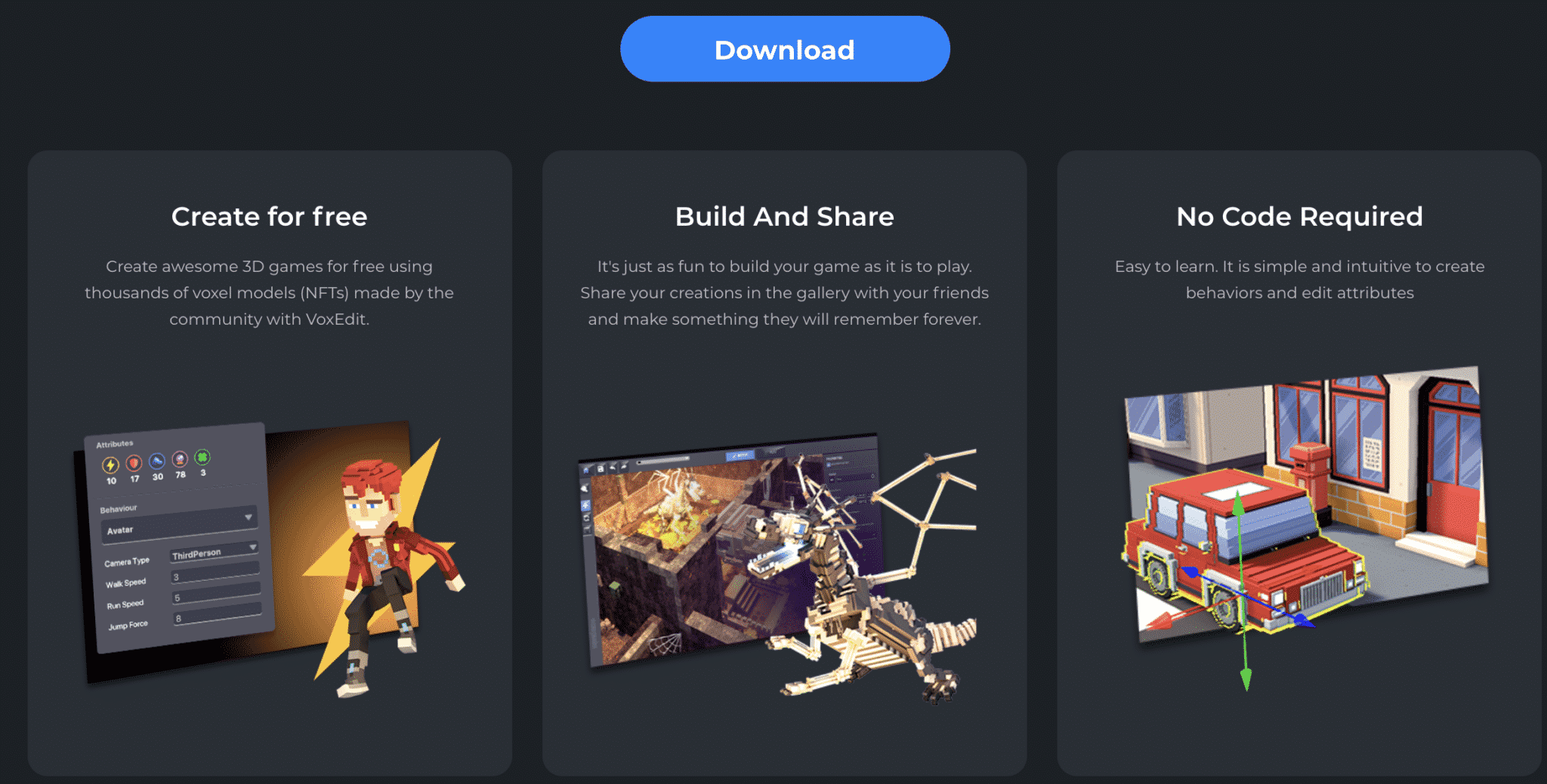
Experiences you can create with Game Maker range from action-adventure games to puzzles, from art galleries to homes and community centers. These are just the starting points; users can also test other genres.
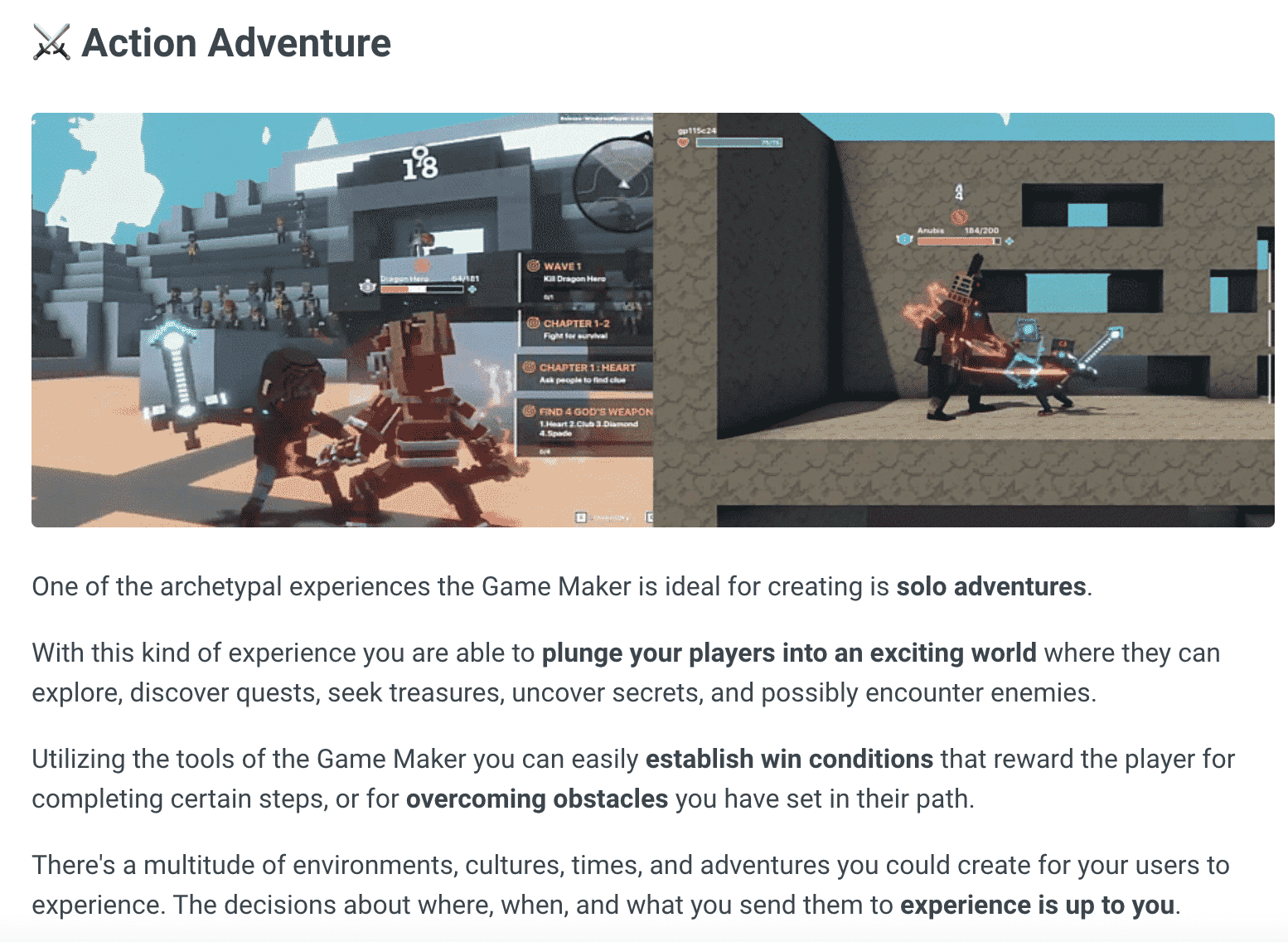
You will use three important components when creating experiences with Game Maker:
Blocks:
You construct the actual topography of your experiment using BLOCKS. One meter in the Sandbox Metaverse is equivalent to 32x32x32 voxel cubes.
Blocks can be solid or transparent and have several variables. By combining variable types, it is possible to create different surfaces, such as a body of water. You can create custom BLOCKS in the VoxEdit program.
Assets:
As explained above, ASSETS like trees, vehicles, buildings, etc., are created in VoxEdit and uploaded to the Marketplace by creators. Once added to the library, a player can drag and drop the desired asset into the world they are building in Game Maker.
Logic:
You assign behavior to ASSETS, using Game Maker’s ready-to-use plug-and-play LOGIC bundles. For example, you can personalize an item to make it a collectible treasure.
You can download the Game Maker here.
LAND Sandboxes:
You can create gaming experiences in Game Maker for free, but to publish them and allow other players to participate, you’ll need a LAND.
LAND is digital real estate in the Sandbox Metaverse. Each LAND is a unique, non-fungible ERC-721 token.
If you are interested in purchasing LAND, first familiarize yourself with the entire landscape of the Sandbox Metaverse on the map. Official public sales of TERRAINs also take place on this web page. The remaining LAND will be offered through multiple public sales. Public sale dates are announced on the official community channels on Discord, Telegram and Twitter.
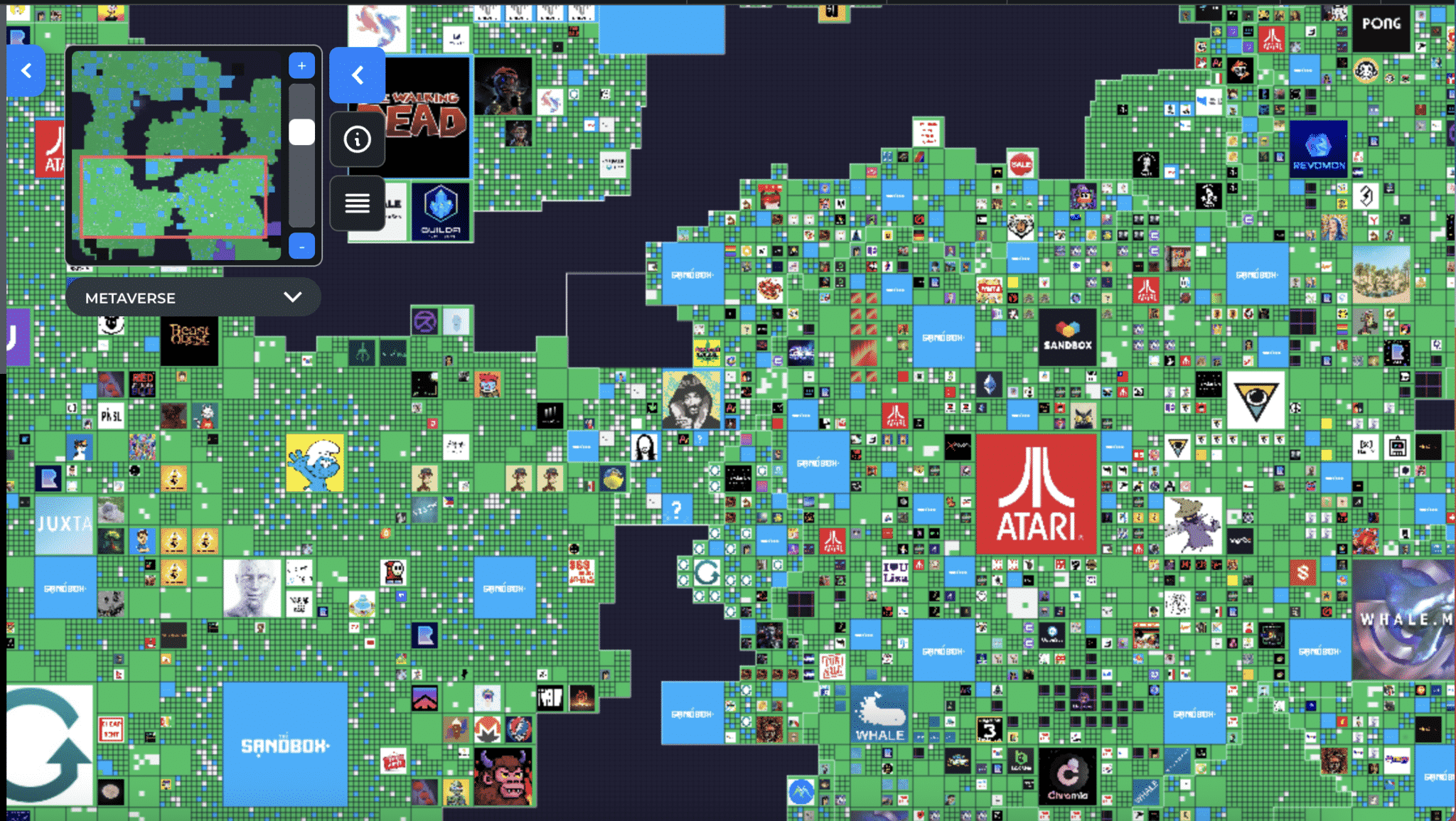
LANDS from previous public sales can be purchased on the OpenSea secondary market.
In total, 166,464 LANDS will be available for sale.
In the future it will be possible to rent and borrow LAND. Additionally, players can merge adjacent LANDs into larger plots called ESTATES.
Can you play Sandbox game on Oculus Quest 2? No, at this time sandboxing on the Quest is not supported.
The Sandbox SAND crypto token
The SAND token (ERC-20) is the native utility token used in the Sandbox metaverse.
For example, to purchase LAND during in-game public sales, you will need to have SAND in your wallet. In-game assets, gems, and catalysts must all be purchased from the market using the SAND token. Asset designers can upload their designs to the Marketplace using SAND.
SAND is also a governance token. When the Sandbox DAO launches, SAND holders will have the right to participate in governance decisions, such as feature prioritization. SAND owners can vote themselves or delegate their voting rights to other players.
At the time of writing, SAND’s current market capitalization is over $4.5 billion. There will be 3,000,000,000 SAND tokens in circulation. SAND can be bought and sold on third-party cryptocurrency exchanges such as Gemini, Crypto.comAnd Krakenor with ETH or DAI asset pairs on the Uniswap DEX,
SAND can also be staked via Uniswap (SAND/ETH) And mSAND/MATIC via Polygon for an announced APR of 36% to 113%*. To learn more about how liquidity mining works, check out our liquidity pools guide.
The Sandbox team will occasionally host contests and events where users can earn SAND tokens by playing games in the Metaverse. In the past, SAND was also distributed to the community via airdrops. In the future, landowners will be able to invest SAND on their LAND to earn GEM which they can then sell to asset creators.
*No financial advice.
Final Thoughts: What does the future hold for the crypto sandbox world?
THE Sandbox has partnered with over 165 brands including major brands like The Walking Dead, The Smurfs and Atari. These partnerships materialize in the form of virtual concerts by Deadmau5 and Snoop Dogg and a Walking Dead game. The project has also raised $93 million so far and the team is dedicated to building its product suite and metaverse.
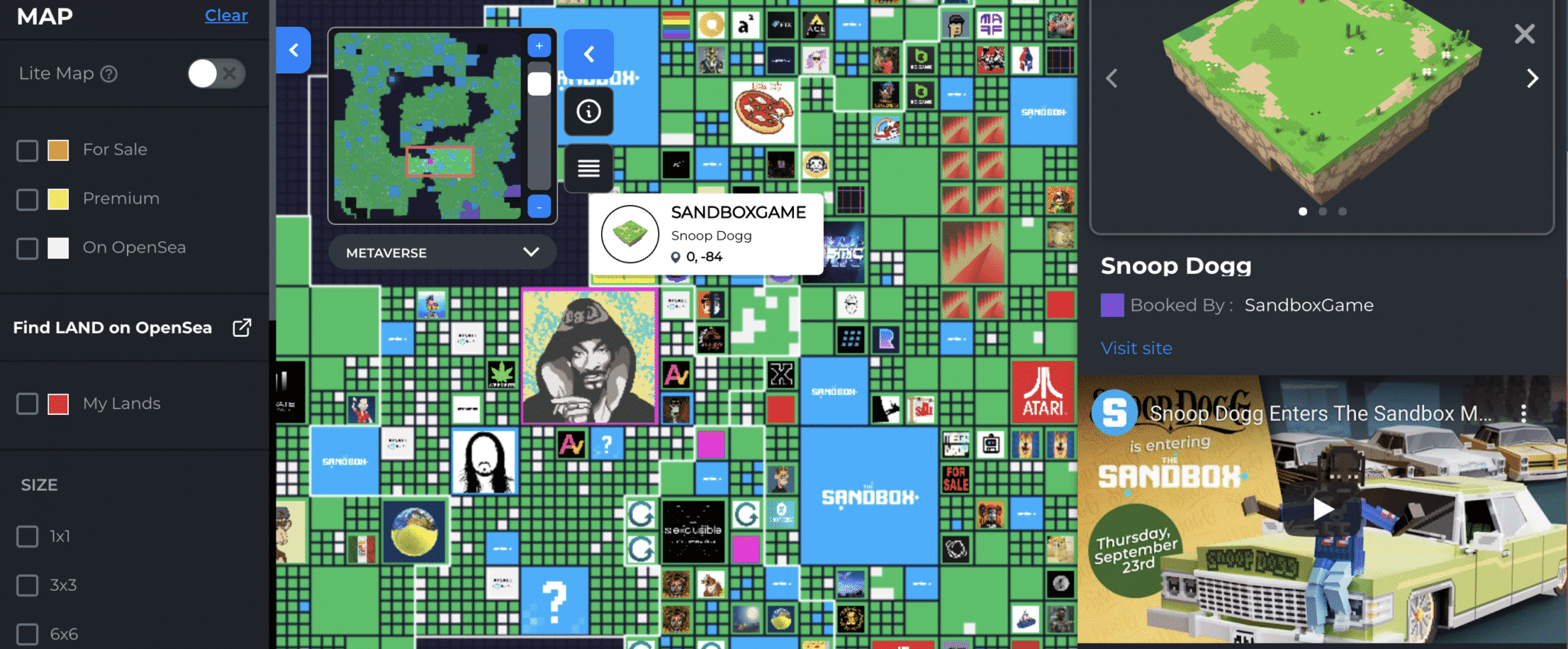
In 2022, new Metaverse features will be offered to LAND owners who have built great gaming experiences.
The Sandbox DAO is planned for the second quarter of 2022.
The mobile version and new community tokens are in sight for the 4th quarter of 2022.


